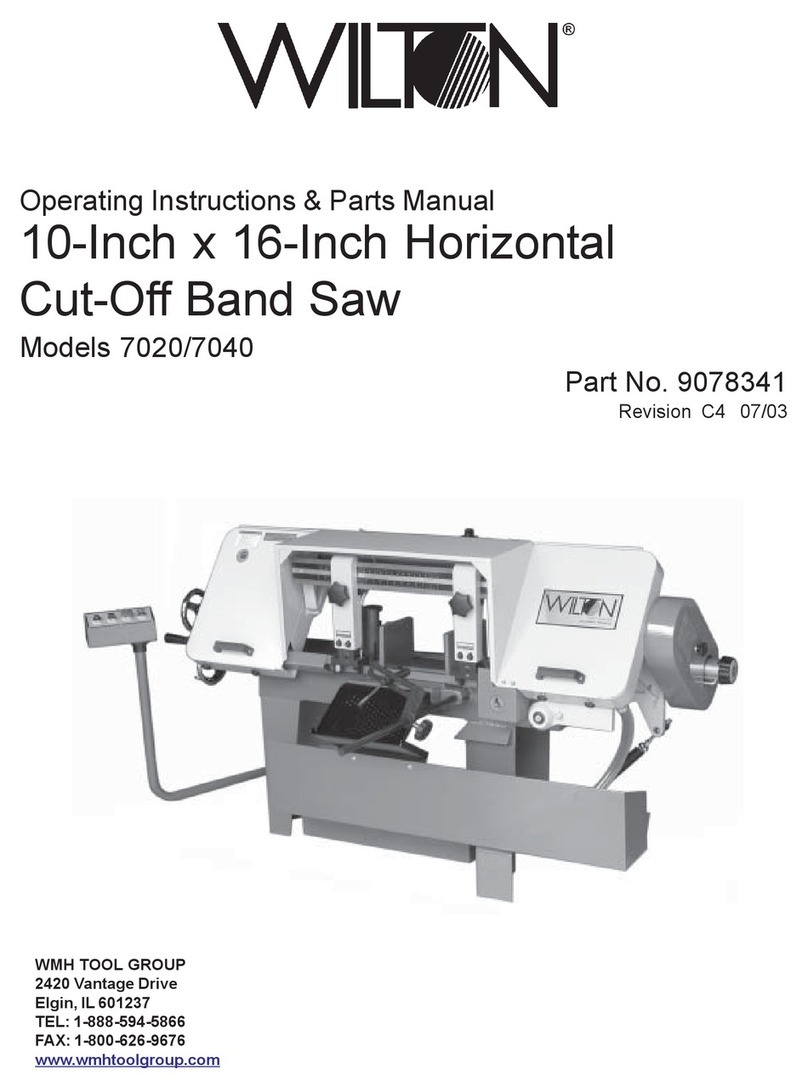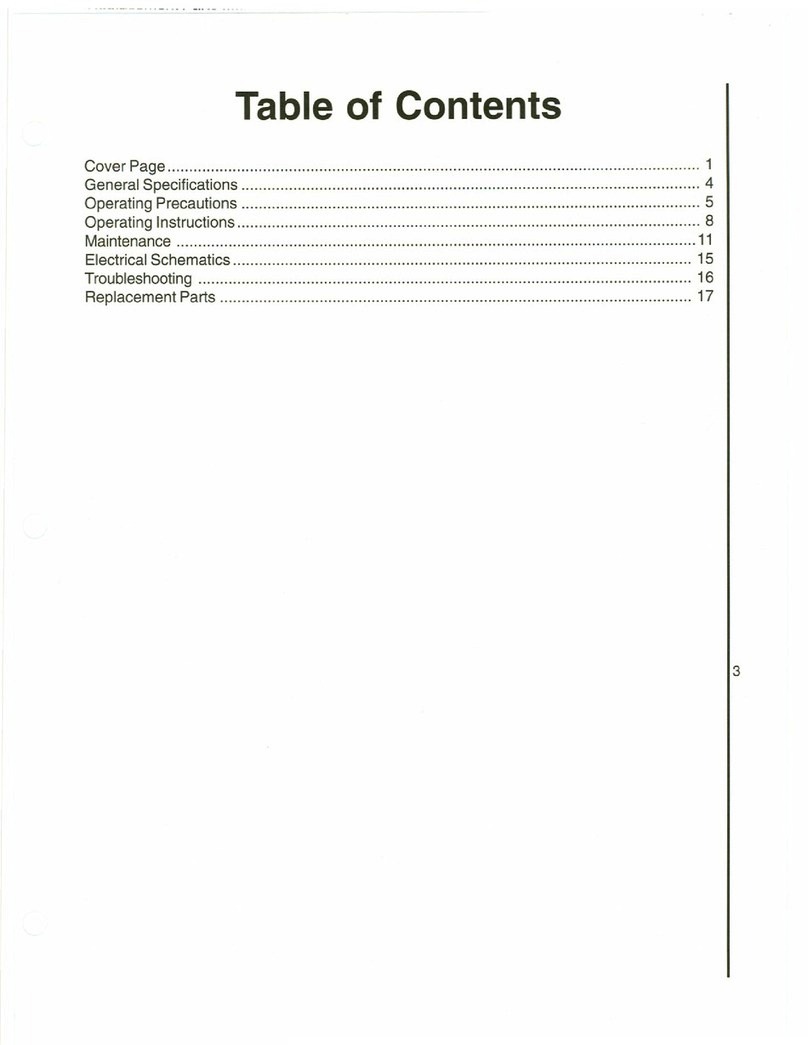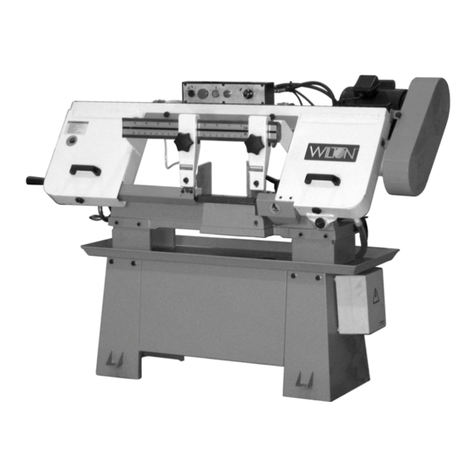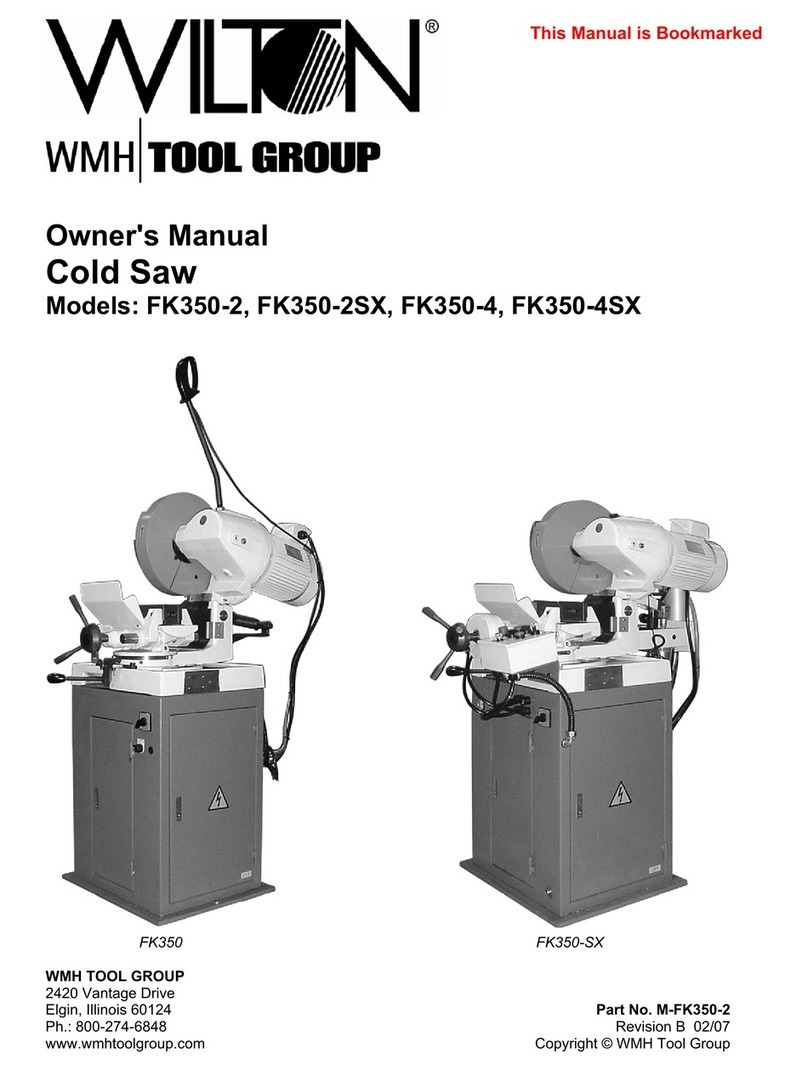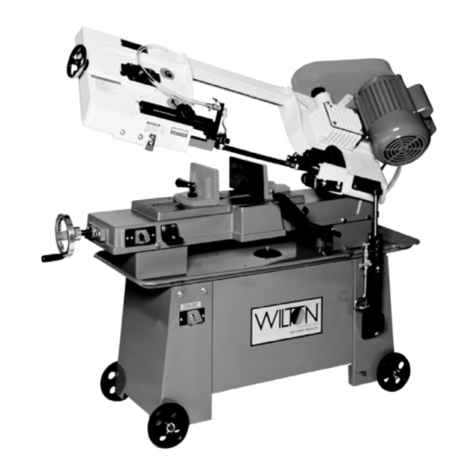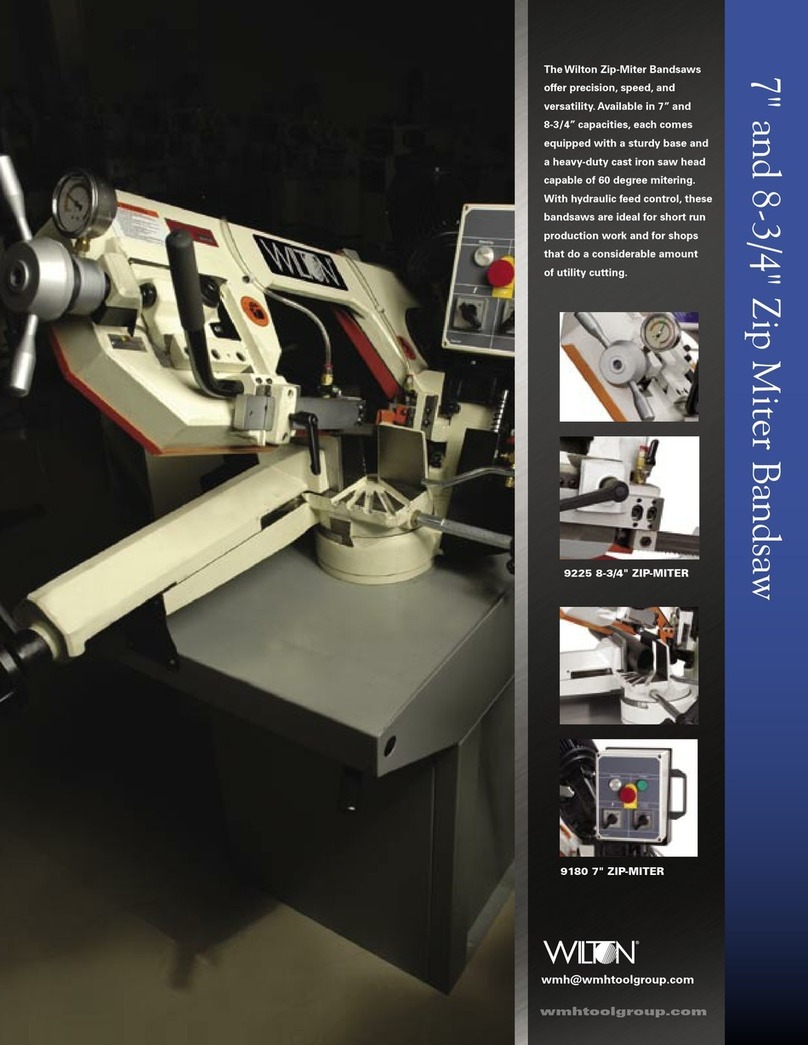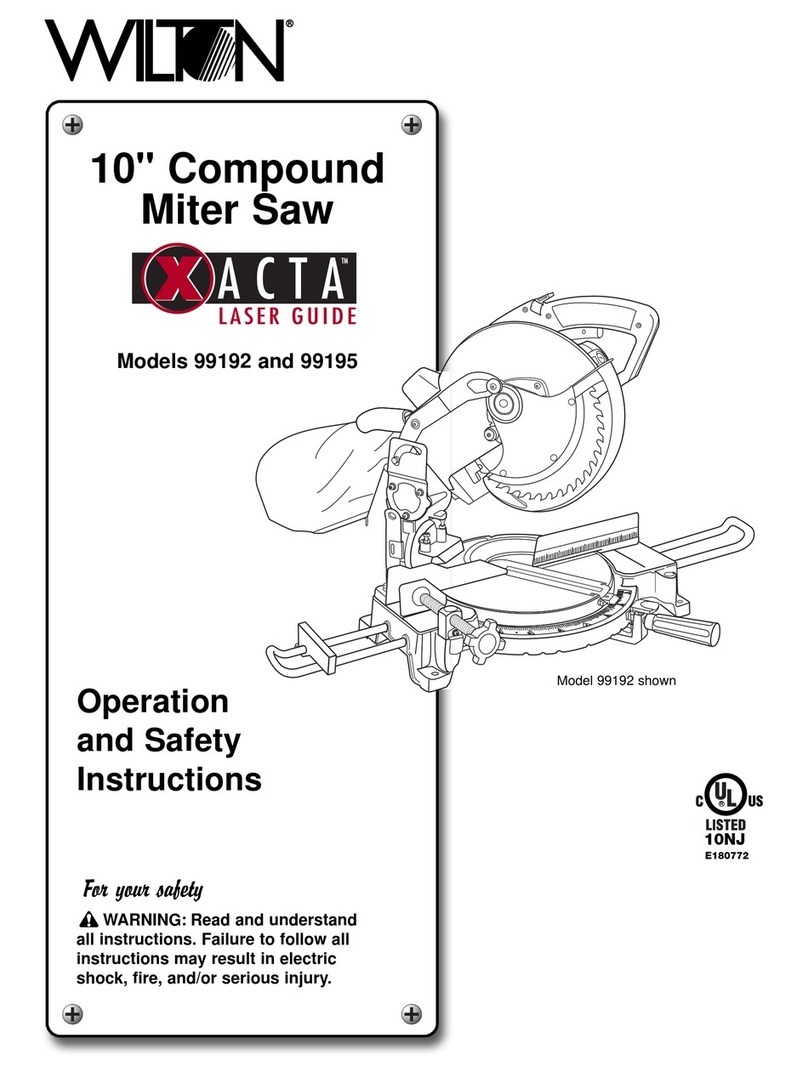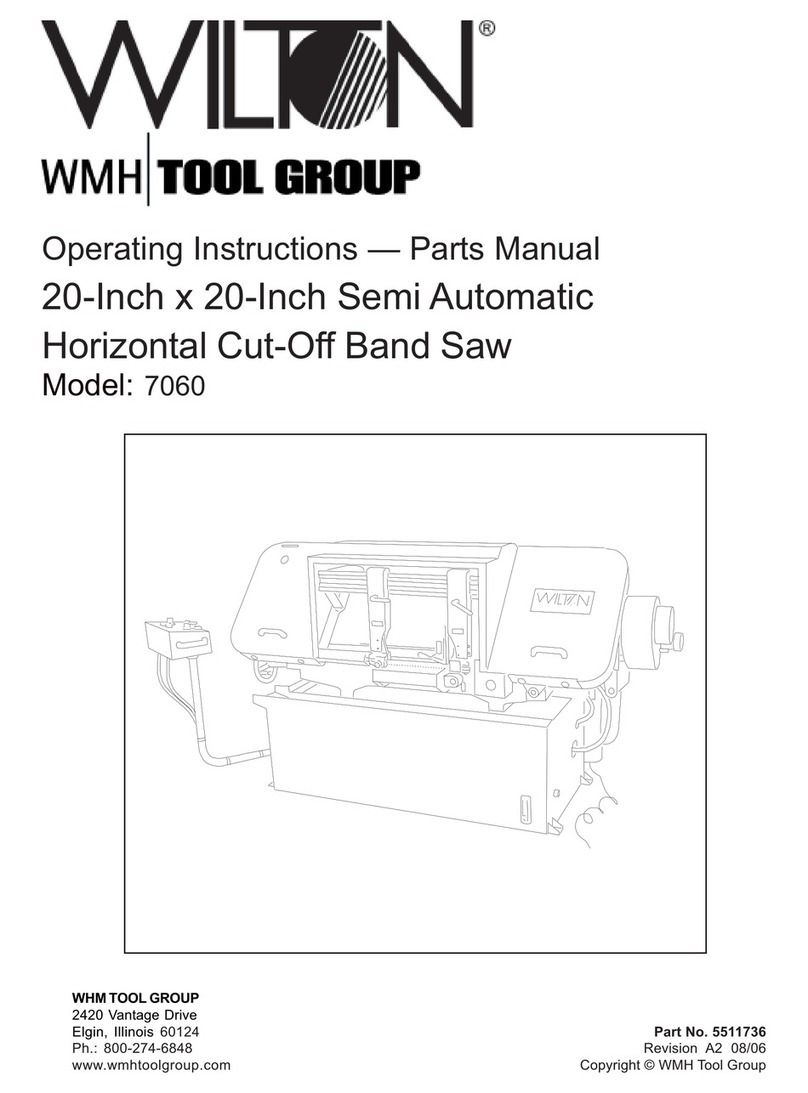SAFETY
3
Read, understand, and follow all operating instructions,
safety operations and symbols in this manual and
warning labels on the saw before operating,
maintaining, and cleaning your power tool.
WARNING:
Indicates the presence of a hazardous
situation which CAN cause SEVERE personal injury.
CAUTION:
Indicates the presence of a hazardous situation
which WILL or CAN cause MINOR or MODERATE PERSONAL
injury, or could cause machine damage.
Note:
Indicates installation, operation, or maintenance
information which is important but not hazard-related.
GENERAL SAFETY WARNINGS
WARNING:
Failure to read all instructions and follow the
general safety warnings and other safety warnings and
cautions may result in serious personal injury.
Know your power tool – read the instruction manual.
Understand your power tool’s application, limitations,
and potential hazards.
Ground all tools – this tool is equipped with a
3-prong plug. It must be plugged into a properly
grounded receptacle.
Keep safety guards in place – and in working order
with proper adjustment and alignment.
Keep work area clean – prevent accidents. Take time
to clean the tool, the work area, and especially the
floor. The floor can become slippery from sawdust,
wax and other materials.
Avoid dangerous environments – do not use power
tools in damp or wet environments. Select a work area
with proper lighting.
Keep children away – from the work area. Children
and others should be a safe distance from the work
area.
Make the workshop childproof – use padlocks and
master switches. Remove starter keys from power
tools when not in use.
Do not force the tool – beyond its designed rate. For
a better and safer job, allow the tool to work within
manufacturer’s recommendation.
Use the right tool – for the job. Do not force a tool or
its attachments to perform a task that it is not designed
to do.
Wear the proper apparel – and non-slip footwear
when operating power tools. Do not wear loose
clothing, gloves, neckties, rings, bracelets, or other
jewelry which may become caught in moving parts.
Keep long hair away from your face and tied back. Roll
long sleeves above the elbow.
Use safety goggles at all
times – which comply with
ANSI Z87.1. Normal safety
glasses only have impact
resistant lenses and are not
designed for safety. Wear a
face or dust mask when
working in a dusty environment. Use ear protection,
such as plugs or muffs, during extended periods of
operation.
Secure your work – using clamps or a vise when
practical. It frees both hands and is safer to operate
the tool.
Do not overreach – and keep proper balance and
footing at all times.
Maintain your tools with care – keeping them clean
for best and safest performance.
Disconnect your tool – unplug the power cord from
the electrical source when making adjustments,
changing parts, cleaning, or working on the tool.
Avoid accidental starting – by ensuring the ON/OFF
switch is in the OFF position and the power cord is
unplugged from the electrical outlet.
Use recommended accessories – by the tool’s
manufacturer. Read, understand and follow the
instructions supplied with accessories. Using incorrect
accessories may be hazardous.
Never stand on the tool – or store materials above or
near it. Standing on the tool to reach materials could
result in serious injury if it tips or is accidentally
contacted.
Check any damaged parts – discontinue using a
damaged tool until the part is carefully checked.
Ensure that all parts will operate and perform properly.
Check for alignment of moving parts, jamming,
breakage, improper mounting, and any other condition
that may affect the tool’s operation. Any part that is
damaged should be properly repaired or replaced
before use.
SAVE THESE SAFETY INSTRUCTIONS

